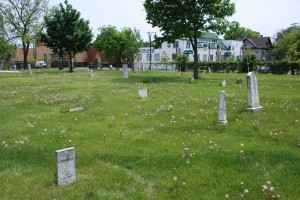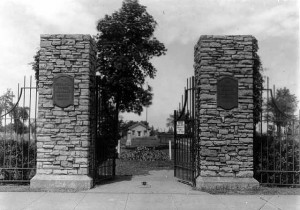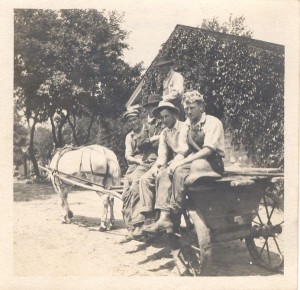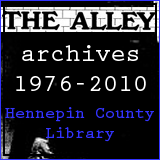‘Tales from Pioneers & Soldiers Cemetery’ Archives
Bartered Health Care Fails in court

by Sue Hunter Weir A word of warning””don”'t write your last will and testament on wallpaper and expect it to stand up in court. That”'s especially true if you don”'t want your relatives to inherit your money. George Strebel may (or may not) have done just that, and it led to what the Minneapolis Tribune called “one of the most unusual inheritance cases ever brought into the Hennepin County Courts.” George Strebel died from heart disease on October 21, 1916. For the next eight months, his body was held in the cemetery”'s vault while county officials attempted to locate his relatives. After eight months of fruitless searching, he was finally buried in Layman”'s Cemetery. Shortly afterward, two women, who claimed to be Strebel”'s sisters, came forward. His body was exhumed and the two sisters identified Strebel”'s remains by a malformation of one of his hands. Neither of the women had seen their brother in over 30 [...]
Readers may decide “The Rest of the Story” of Ruff Neff may be hopeful

by Sue Hunter Weir In 1909, when she was 15 years old, Ruth Neff was arrested for indecent conduct. After that, things went straight down hill. She was sent to a reform school for a few months but her mother managed to persuade the court to let Ruth out on parole. According to her mother, Ruth had always been a difficult child. Ruth”'s parents separated shortly after she was born because, in the words of her mother, Ruth”'s father had become “more or less dissipated.” In order to support herself and her four children, Ruth”'s mother had to work. Ruth did poorly in school and often skipped class. One of her teachers described Ruth “as not quite normal mentally.” The same teacher admitted that they”'d promoted Ruth “to simply get her on in school.” Even so, Ruth never got beyond the fourth grade. (more…)
157th Cemetery Season Ends as Picket Restoration Begins

By Sue Hunter Weir Another cemetery season (the 157th) has drawn to a close: the Cemetery officially closed for the year on Friday, October 15th. You will still see plenty of signs of life during the next few months, though. On September 20th, restoration work began on the Cemetery”'s fence and gates. The thirteen sections of the fence that are in the worst shape have been removed and have been temporarily replaced by 8-foot chain link. The gates, which weigh roughly 300 pounds apiece, have been removed. The restoration process involves many steps: sandblasting, filling, galvanizing, and painting before they will be reinstalled in late November or early December. Most of the kickbacks (the braces that support each fence section by extending at an angle into the ground and anchored in concrete) are too badly damaged to be restored and will be replaced. The stone where the gates and picket sections attach to the masonry columns will need to be [...]









